Did you know that 48% of consumers have stopped buying from a company because of privacy concerns? If you run a Shopify store, this isn’t just feedback – it’s a warning. Shopify compliance isn’t optional anymore. It’s essential to protect your business, your customers, and your reputation.
Keep reading, this guide will give you a complete path to getting consent compliance right in 2025.
What Is Consent Compliance?
Consent compliance means getting clear permission from visitors before you collect or use their personal information. It’s like asking someone before you take their photo – you need their “yes” first.
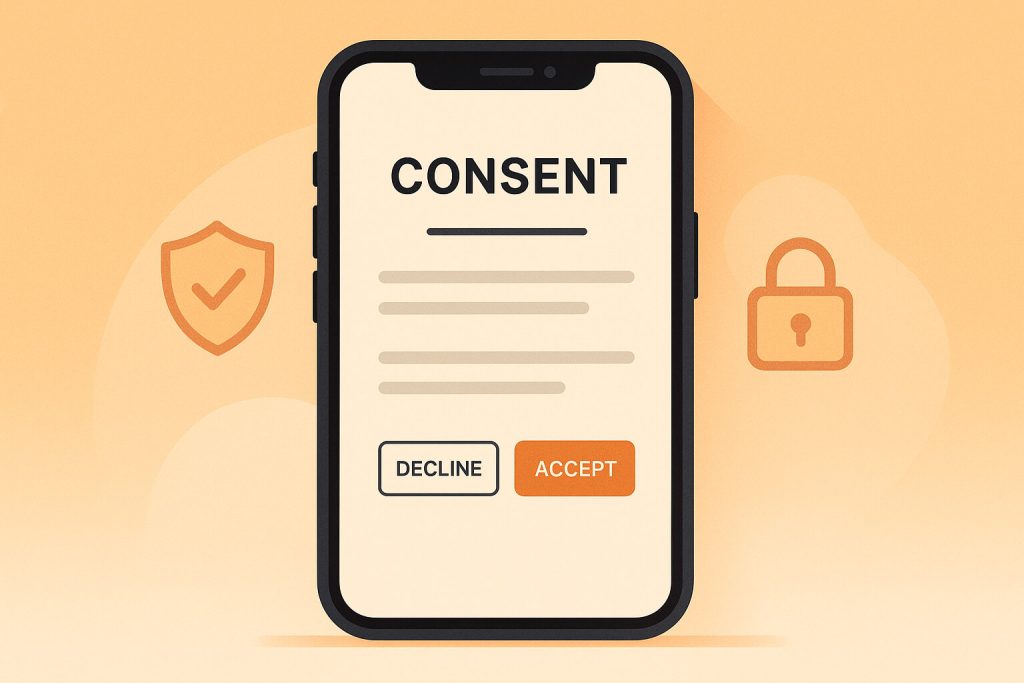
But not all consent is created equal. Laws require that permission be:
- Freely given – No forcing or tricking people into agreeing
- Specific – Clear about what data you’re collecting and why
- Informed – Explaining everything in plain language
- Easy to withdraw – Letting people change their minds anytime
For your Shopify store, this translates into having cookie banners, clear privacy policies, and systems that actually respect customer choices.
Key Global Regulations Shopify Stores Must Follow
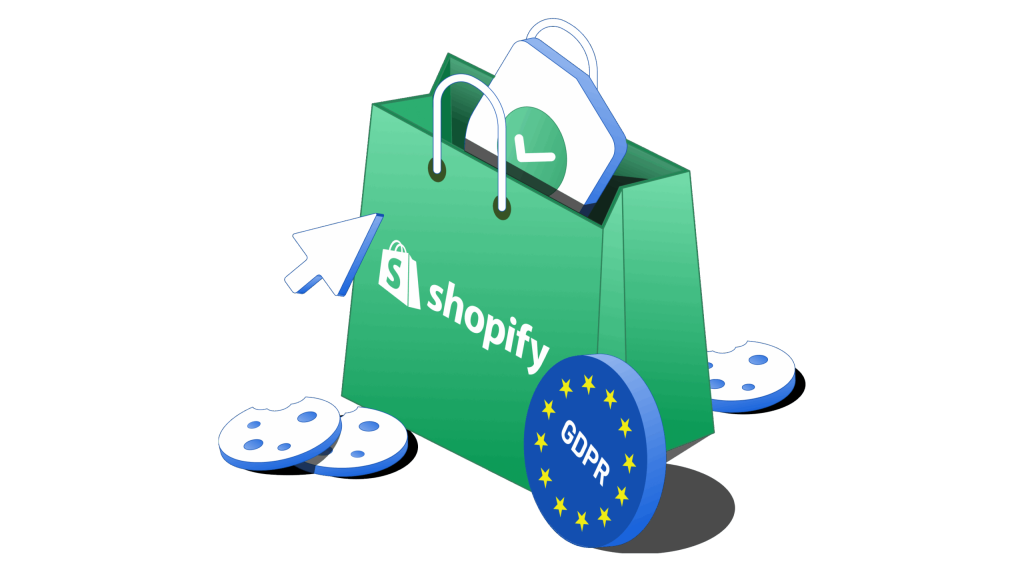
Privacy laws vary by region, but they all share a common goal: giving customers control over their personal data. Here are the major regulations that could affect your Shopify store:
- GDPR (European Union) – The General Data Protection Regulation affects any store that serves European customers, regardless of where your business is located. GDPR requires explicit consent for marketing cookies and gives customers strong rights to access, delete, or correct their data.
- CPRA (California) – California’s Consumer Privacy Rights Act builds on the famous CCPA. It requires “Do Not Sell My Personal Information” options and restricts how you can use customer data for advertising.
- State Privacy Laws (US) – States like Virginia, Colorado, Connecticut, and Texas each have their own privacy rules. While similar to California’s law, each has unique requirements that merchants must navigate.
- LGPD (Brazil) – Brazil’s data protection law mirrors GDPR’s approach, requiring opt-in consent and giving consumers strong control over their information.
- PIPEDA (Canada) – Canada emphasizes “meaningful consent” – customers must truly understand what they’re agreeing to, and you must make it easy for them to say no.
- PDPA (Thailand) – Thailand’s Personal Data Protection Act requires consent for data collection and mandates that businesses appoint data protection officers.
- FADP (Switzerland) – Switzerland’s Federal Act on Data Protection requires voluntary, informed consent and easy opt-out options for cookies.
The pattern is clear: privacy laws worldwide are moving toward giving consumers more control. Your Shopify store needs to adapt to this reality.
Shopify Consent Compliance Checklist
Map Your Customer Base and Applicable Laws
Start by understanding where your customers are located. Log in to your Shopify analytics and review your traffic by country and state. This tells you which privacy laws apply to your business.
If you serve customers in multiple regions, you’ll need different approaches for each. For example, European visitors need explicit opt-in consent, while some US states require clear opt-out options.
Create a simple spreadsheet listing:
- Countries/states where you have customers
- The privacy laws that apply
- Key requirements for each law
This becomes your compliance roadmap.
Inventory Your Data Collection
Walk through your entire customer journey and document every piece of information you collect:
On your website:
- Email signup forms
- Newsletter subscriptions
- Contact forms
- Live chat widgets
- Analytics cookies
- Marketing pixels (Facebook, Google, TikTok)
Through apps:
- Email marketing tools
- Review platforms
- Loyalty programs
- Customer service apps
- Heat mapping tools
At checkout:
- Personal information
- Payment details
- Shipping addresses
- Order history
Don’t forget hidden data collection – many apps automatically add tracking codes that most merchants never realize are there.
Categorize Your Cookies and Tracking
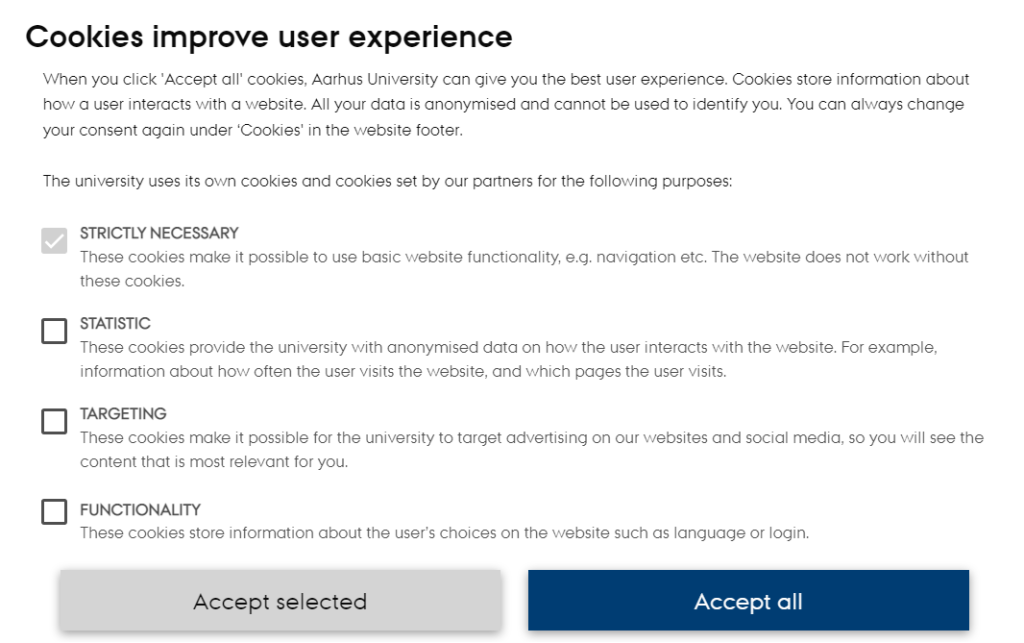
Not all cookies are the same in the eyes of the law. You need to sort them into categories:
- Essential Cookies – Required for your store to function (shopping cart, security, basic analytics)
- Marketing Cookies – Used for advertising and retargeting
- Analytics Cookies – Track user behavior for insights
- Preference Cookies – Remember customer settings
Only essential cookies can run without permission. Everything else needs consent first.
Create or Update Your Privacy Policy
Your privacy policy is your legal foundation. It should explain in simple terms:
- What information you collect
- Why you collect it
- How long you keep it
- Who else gets access to it
- How customers can control their data
Avoid legal jargon. Write like you’re explaining to a friend. Many merchants use policy generators, but these often miss store-specific details. Consider having a lawyer review your policy, especially if you handle sensitive data or serve multiple countries.
Implement a Cookie Consent Banner
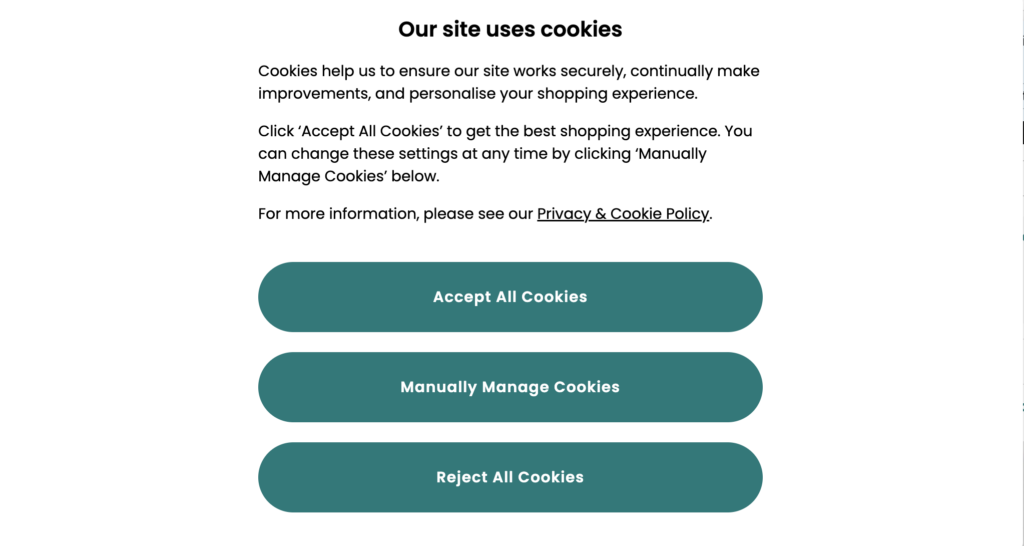
This is where most merchants start, but it’s actually step five, not step one. Your banner should:
- Appear before any tracking starts – Block non-essential cookies until customers give permission
- Offer real choice – Make “Accept” and “Reject” buttons equally prominent
- Provide details – Link to your full privacy and cookie policies
- Allow granular control – Let customers choose which types of cookies they want
- Work across devices – Ensure mobile users can easily make choices
- Remember preferences – Don’t ask the same customer repeatedly
Audit Your Third-Party Apps
Here’s where many merchants get tripped up. That review app, email marketing tool, or customer service widget might be setting cookies without your knowledge.
For each app on your store:
- Check if it adds tracking codes
- Verify it respects consent choices
- Review its own privacy practices
- Remove any you don’t actually need
Some apps will block their cookies until consent is given, while others don’t. Apps that can’t respect consent signals should be replaced with privacy-friendly alternatives.
Create Data Request Processes
Privacy laws give customers the right to:
- See what data you have about them
- Correct incorrect information
- Delete their data entirely
- Download their data
Set up a simple process for handling these requests:
- Create a dedicated privacy email address
- Document your response procedures
- Set reminders for legal deadlines (usually 30 days)
- Train your team on privacy request handling
Shopify provides some built-in tools for data exports and deletions, but you’ll need to handle requests from third-party apps separately.
Set Up Google Consent Mode v2
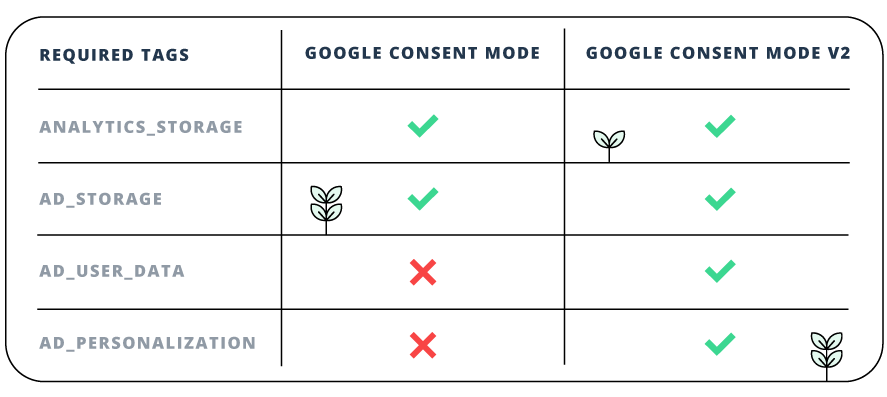
If you use Google Analytics or Google Ads, implementing Consent Mode v2 helps you comply with privacy laws while maintaining some tracking capabilities.
Consent Mode works by:
- Loading Google tags in a limited state initially
- Adjusting behavior based on customer consent choices
- Using privacy-safe modeling when consent is denied
This gives you better data while respecting customer preferences. Most consent management tools now include Consent Mode v2 integration.
Strengthen Your Data Security
Collecting personal data means you’re responsible for protecting it. Basic security measures include:
- Using HTTPS across your entire site
- Keeping Shopify and all apps updated
- Using strong passwords and two-factor authentication
- Limiting who has access to customer data
- Regular security monitoring
Document these measures in your privacy policy to show customers you take their security seriously.
Set Up Marketing Consent Properly
Don’t bury marketing opt-ins in your terms of service. Instead:
- Use separate, clear checkboxes
- Explain what customers will receive
- Make it easy to unsubscribe
- Keep detailed consent records
- Send re-confirmation emails when needed
Pre-checked boxes are illegal under most privacy laws. Customers must actively choose to receive marketing.
Monitor and Update Regularly
Privacy compliance isn’t a one-time project. Laws change, new apps get added, and your marketing strategies evolve. Schedule quarterly reviews to:
- Test your consent banner on different devices
- Check that cookies are properly blocked
- Review consent logs for accuracy
- Update policies for any business changes
- Stay informed about new privacy regulations
Consider assigning privacy responsibilities to a specific team member who can stay on top of updates.
Common Shopify Consent Compliance Mistakes to Avoid
Many merchants unknowingly put their businesses at risk by making these compliance errors. Avoid these costly mistakes:
- Loading tracking before consent – The biggest mistake is setting cookies as soon as pages load. Use a consent management platform to block non-essential tracking until permission is granted.
- Making rejection difficult – Hiding the “decline” button or using dark patterns violates most privacy laws and frustrates customers.
- Treating consent as permanent – When you add new tracking technologies or change how you use data, you need fresh consent from existing customers.
- Poor record keeping – Without proof of when and how consent was obtained, you can’t demonstrate compliance during audits.
- Ignoring data requests – Not providing clear ways for customers to access, correct, or delete their data is a common violation.
- Overlooking app permissions – Many merchants focus on their main tracking but forget about cookies set by third-party apps.
- Using generic solutions – Different countries have different requirements. One-size-fits-all banners often miss important regional compliance details.
Reactive compliance – Don’t wait until you receive a privacy complaint or audit notice. Build privacy into your business from the start.
Best Shopify Consent Management Tools for 2025
Choosing the right consent management platform simplifies compliance and reduces ongoing maintenance.
Consentik
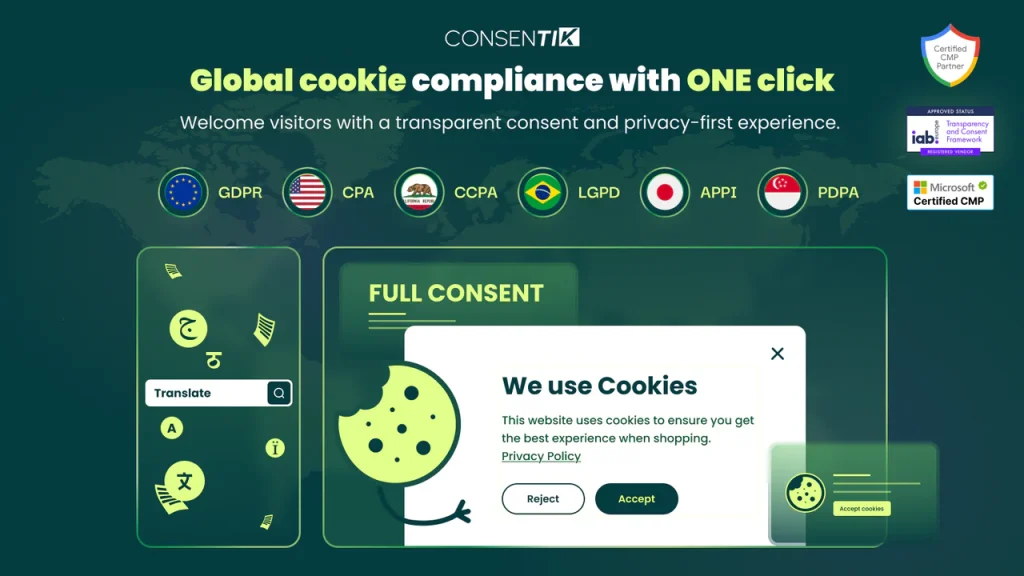
Standing out as a Google CMP Partner, Consentik delivers enterprise-level compliance features at accessible pricing. What sets Consentik apart is its comprehensive IAB TCF 2.2 support – a critical requirement for stores running programmatic advertising in Europe that many competitors overlook.
The platform offers automatic cookie scanning and blocking, seamless integration with both Google Consent Mode V2 and Microsoft Consent Mode, and support for headless Shopify stores. Its glass-effect banner designs and extensive customization options ensure compliance tools enhance rather than detract from your store’s appearance.
Why merchants choose Consentik:
- Only platform offering both IAB TCF 2.2 and Microsoft Consent Mode support
- Advanced consent rate optimization features
- Headless store compatibility for modern implementations
- Professional support team with technical expertise
- Transparent pricing with annual savings up to 17%
Best for: Growing businesses needing professional-grade compliance with advanced features
Pricing: Free plan available, Plus plan at $6.99/month, Advanced at $11.99/month
CookieYes
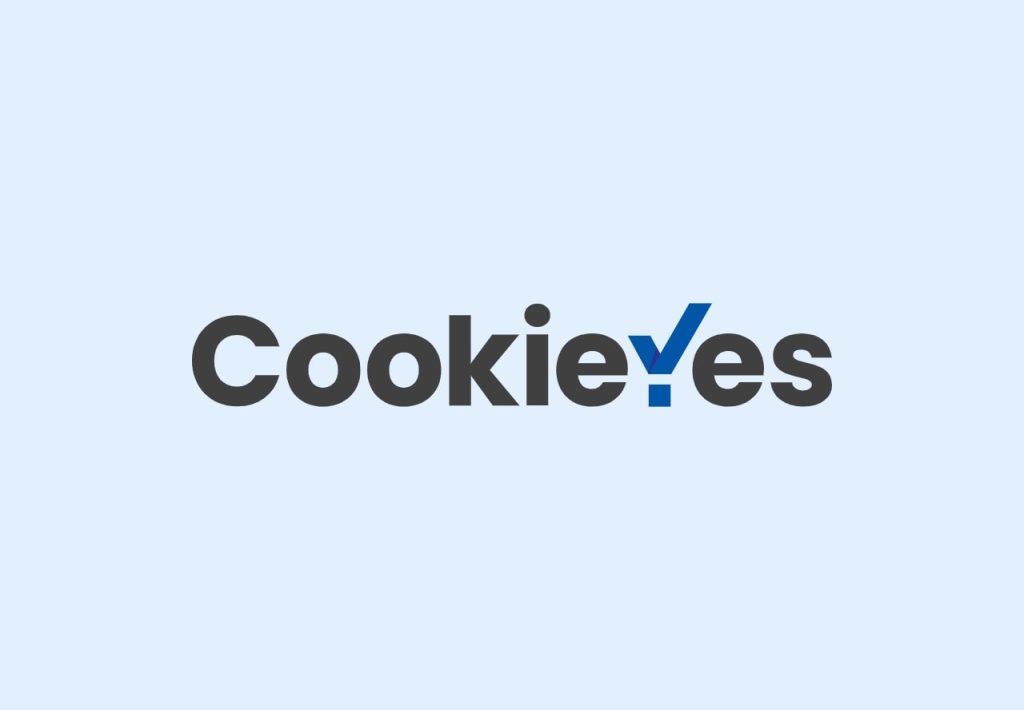
A Google-certified platform supporting over 30 privacy frameworks including GDPR, CPRA, LGPD, and PIPEDA. CookieYes automatically scans for cookies, blocks them until consent is given, and integrates with Google Consent Mode v2. The platform offers multi-language support and region-specific banner variants.
- Best for: Stores serving customers globally with complex tracking needs
- Pricing: Free plan available, paid plans start around $10/month
Pandectes GDPR Compliance
Popular among Shopify merchants with over 2,200 reviews. Pandectes supports a wide range of global laws and offers AI-powered cookie scanning, auto-blocking technology, and detailed consent logs. The platform provides 130+ language support and customizable banners that match your store’s design.
- Best for: International merchants needing comprehensive coverage
- Pricing: Free plan available, pricing plans start at $9/ month
Consentmo
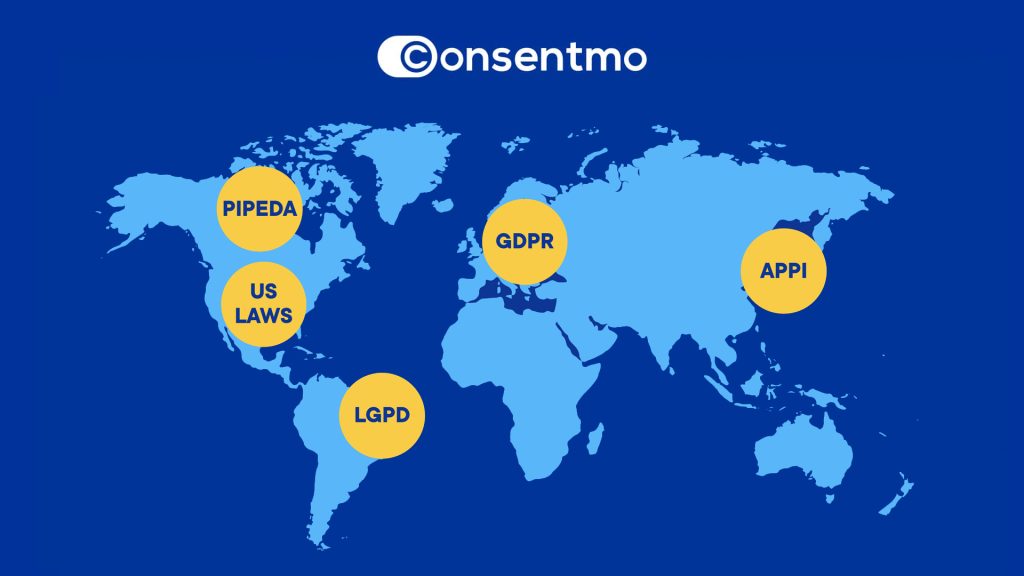
Focuses on automation and ease of use. Consentmo automatically detects cookies, offers geolocation-based rules, and includes data subject request forms. The platform emphasizes regular updates to accommodate new regulations and provides strong customer support.
- Best for: Merchants wanting automated compliance with minimal setup
- Pricing: Free plan available, Standard Plan at $9/month
Avada Cookie Consent
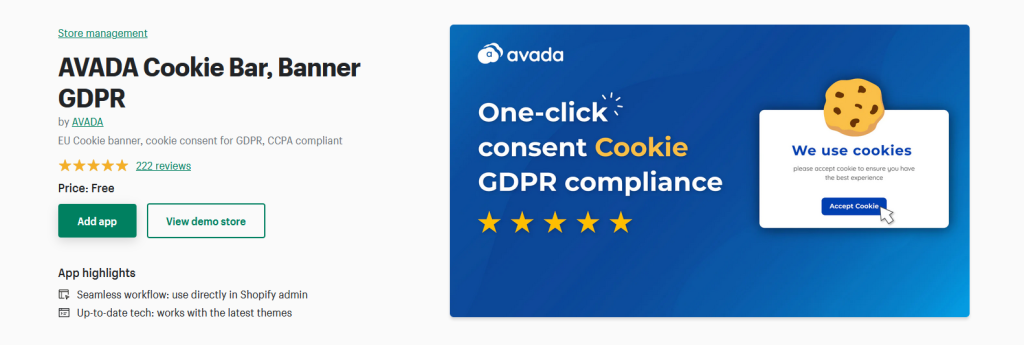
Offers Google-certified consent management with support for major privacy laws. Avada provides flexible customization options and competitive pricing, making it attractive for smaller stores. However, it may lack some advanced features found in more comprehensive platforms.
- Best for: Small to medium stores with straightforward compliance needs
- Pricing: Generous free plan, affordable premium options starting at $9.95/month
Conclusion
Privacy laws are reshaping commerce worldwide, and smart Shopify merchants are turning compliance into a competitive advantage. While penalties for violations keep climbing, the bigger opportunity lies in winning customer trust through transparent data practices.
Compliance doesn’t mean complexity. Start with this checklist’s fundamentals, then build sophisticated privacy features as you grow. The right consent management tool becomes your foundation – protecting customers today while scaling with your ambitions tomorrow. Your customers are watching how you handle their data. Show them you care, and they’ll reward you with their loyalty and purchases.



